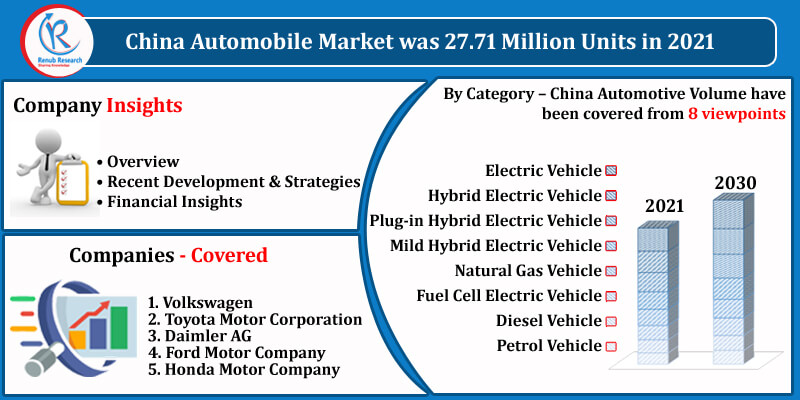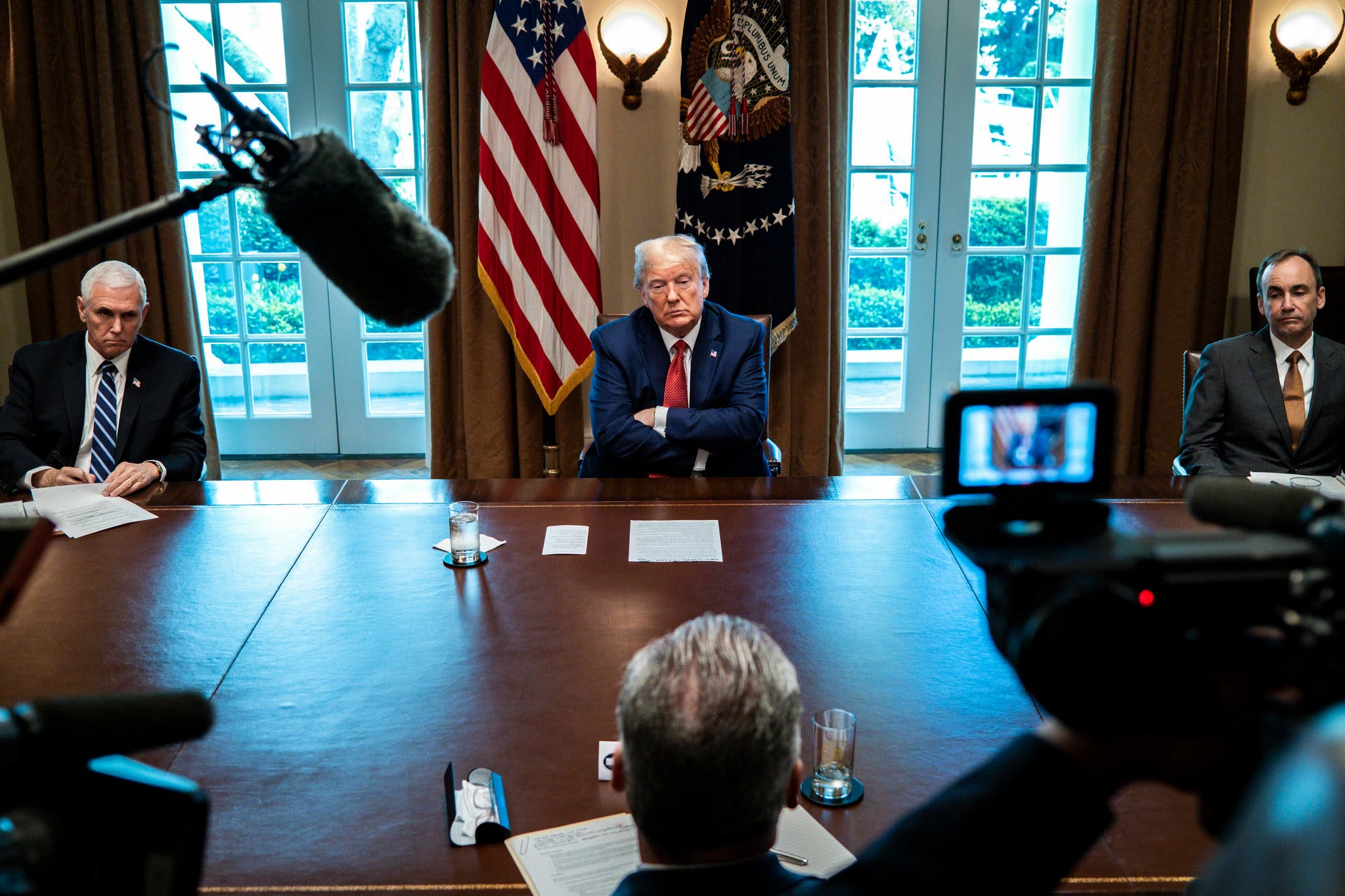Navigating The Chinese Automotive Market: Lessons From BMW And Porsche's Experiences

Table of Contents
BMW's Localized Approach: A Case Study in Success
BMW's impressive market share in China isn't accidental; it's the result of a deeply localized strategy. Their success highlights the importance of understanding and adapting to the unique characteristics of the Chinese automotive market.
Understanding Consumer Preferences:
BMW's success stems from its deep understanding of the diverse Chinese consumer base, adapting its models and marketing strategies accordingly. This includes:
- Targeted marketing campaigns: BMW doesn't employ a one-size-fits-all approach. Instead, they craft distinct marketing campaigns targeting specific demographics, such as young professionals seeking stylish vehicles or families needing spacious SUVs. This precision targeting maximizes campaign effectiveness within the vast Chinese market.
- China-specific models and features: Recognizing the preferences of Chinese consumers, BMW has developed models with features tailored to the local market. This often includes longer wheelbases for increased rear passenger comfort, a highly valued feature in China.
- Strategic partnerships: Collaborating with local businesses and suppliers allows BMW to better understand the market, leverage existing distribution networks, and build stronger relationships within the Chinese business community. This fosters trust and enhances brand perception.
- Digital marketing and social media engagement: BMW actively engages with Chinese consumers through various digital platforms and social media channels. This direct engagement allows for real-time feedback and strengthens brand loyalty.
Building a Strong Local Production Network:
BMW's significant investment in local manufacturing facilities has been instrumental in its success within the Chinese automotive market. This strategy offers several key advantages:
- Reduced transportation costs and faster delivery times: Local production significantly reduces logistical costs and lead times, enhancing competitiveness and responsiveness to market demands.
- Stronger relationships with local suppliers and workforce: Building strong relationships with local suppliers ensures a reliable supply chain and supports the growth of the local economy. Investing in local talent also strengthens their understanding of the market.
- Ability to adapt quickly to changing market demands: Local production allows BMW to react swiftly to evolving consumer preferences and market trends. This agility is vital in a dynamic market like China.
- Compliance with local regulations and standards: Manufacturing locally ensures seamless compliance with Chinese regulations, minimizing potential legal and operational hurdles.
Porsche's Niche Strategy: Focusing on Brand Exclusivity
While BMW adopted a localization strategy, Porsche has successfully carved a niche by focusing on brand exclusivity and luxury. This approach underscores the diversity of successful strategies within the Chinese automotive market.
Maintaining Brand Prestige:
Porsche's continued success in China relies heavily on maintaining its prestige and exclusivity. This strategy involves:
- Limited production of certain models: By carefully controlling the availability of specific models, Porsche maintains high demand and reinforces its image as a luxury brand. This scarcity enhances desirability among affluent consumers.
- High-end dealerships and personalized customer service: Porsche's dealerships in China reflect the brand's luxury positioning. They offer a premium customer experience, emphasizing personalized service and attention to detail.
- Emphasis on brand heritage and racing legacy: Porsche effectively leverages its rich history and racing heritage in its marketing, appealing to consumers who value tradition and performance.
- Strategic partnerships with luxury brands and lifestyle events: Collaborating with other high-end brands and participating in exclusive events helps reinforce Porsche's image as a symbol of luxury and success.
Adapting to the Electric Vehicle (EV) Shift:
China's rapidly expanding electric vehicle market presents both a challenge and an opportunity. Porsche is strategically adapting by:
- Investment in EV technology and infrastructure: Porsche is significantly investing in electric vehicle technology and charging infrastructure to support the growing demand for EVs in China.
- Introduction of EV models tailored to Chinese consumer preferences: Porsche is developing electric vehicles specifically designed to meet the needs and preferences of Chinese consumers. This includes features like advanced technology and connectivity.
- Emphasis on sustainable practices and environmental responsibility: Highlighting its commitment to sustainability resonates with environmentally conscious Chinese consumers.
- Leveraging government incentives and subsidies for EVs: Porsche is taking advantage of government incentives and subsidies designed to promote the adoption of electric vehicles in China.
Key Takeaways and Common Challenges in the Chinese Automotive Market
Success in the Chinese automotive market requires careful consideration of several key factors.
Understanding Regulations and Government Policies:
Navigating the complex regulatory landscape is crucial. Staying informed about evolving policies related to emissions standards, safety regulations, and foreign investment is paramount for long-term success. Regular updates and expert legal advice are essential.
Competition and Market Saturation:
The Chinese automotive market is fiercely competitive, with both established domestic and international brands vying for market share. Developing a strong brand identity, unique value proposition, and a robust marketing strategy are crucial for differentiation.
Supply Chain Management:
Maintaining a reliable and efficient supply chain is essential in the large and complex Chinese market. Effective logistics, robust supplier relationships, and contingency planning are vital to mitigate potential disruptions.
Conclusion:
BMW and Porsche’s experiences in the Chinese automotive market highlight the importance of localization, understanding consumer preferences, and adapting to the ever-changing landscape. While BMW's localized approach has led to significant success, Porsche's niche strategy showcases the potential of maintaining brand exclusivity. However, navigating the complexities of the Chinese automotive market requires a deep understanding of regulations, competition, and consumer trends. To succeed in this dynamic market, thorough market research, strategic planning, and a flexible approach are indispensable. Begin your journey to understanding the Chinese automotive market today – your success depends on it!

Featured Posts
-
 The Complex Legacy Of Trumps Tariffs On American Industry
May 06, 2025
The Complex Legacy Of Trumps Tariffs On American Industry
May 06, 2025 -
 Kako Je Prezime Uticalo Na Karijeru Patrika Svarcenegera
May 06, 2025
Kako Je Prezime Uticalo Na Karijeru Patrika Svarcenegera
May 06, 2025 -
 La Fires Fuel Price Gouging Concerns Report Highlights Rental Market Issues
May 06, 2025
La Fires Fuel Price Gouging Concerns Report Highlights Rental Market Issues
May 06, 2025 -
 Massive Staffing Shortages Cause Major Newark Airport Delays
May 06, 2025
Massive Staffing Shortages Cause Major Newark Airport Delays
May 06, 2025 -
 Federal Investigation Exposes Massive Office365 Hack Millions Lost
May 06, 2025
Federal Investigation Exposes Massive Office365 Hack Millions Lost
May 06, 2025
Latest Posts
-
 Celtics Vs Heat February 10 Game Time Tv Broadcast And Live Stream
May 06, 2025
Celtics Vs Heat February 10 Game Time Tv Broadcast And Live Stream
May 06, 2025 -
 Eastern Conference Semifinals Celtics Game Schedule And Predictions
May 06, 2025
Eastern Conference Semifinals Celtics Game Schedule And Predictions
May 06, 2025 -
 Celtics Playoffs 2024 Eastern Conference Semifinals Start Time
May 06, 2025
Celtics Playoffs 2024 Eastern Conference Semifinals Start Time
May 06, 2025 -
 April 4th Celtics Vs Suns How To Watch The Game Live
May 06, 2025
April 4th Celtics Vs Suns How To Watch The Game Live
May 06, 2025 -
 Celtics Vs Heat Basketball Game February 10th Viewing Guide
May 06, 2025
Celtics Vs Heat Basketball Game February 10th Viewing Guide
May 06, 2025
